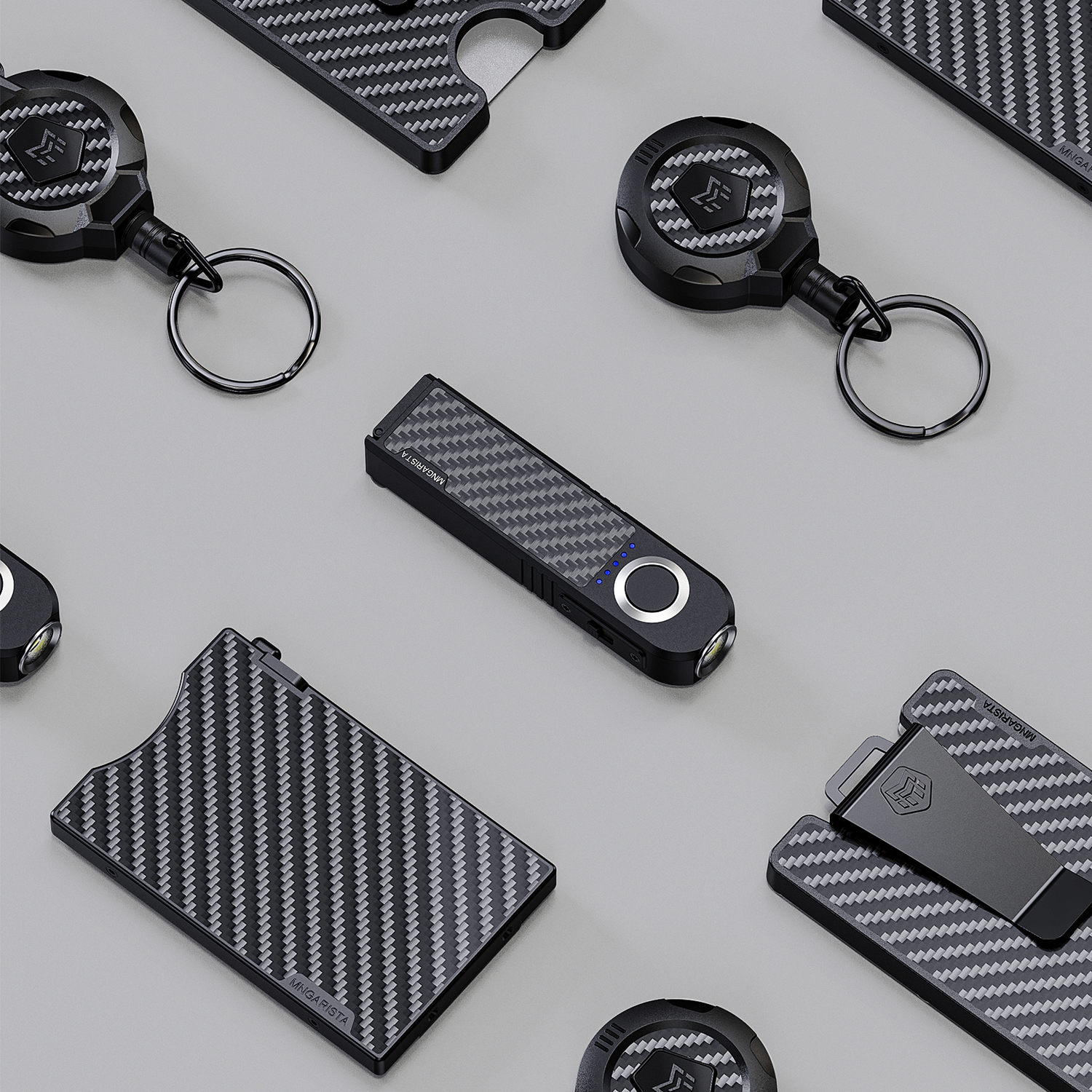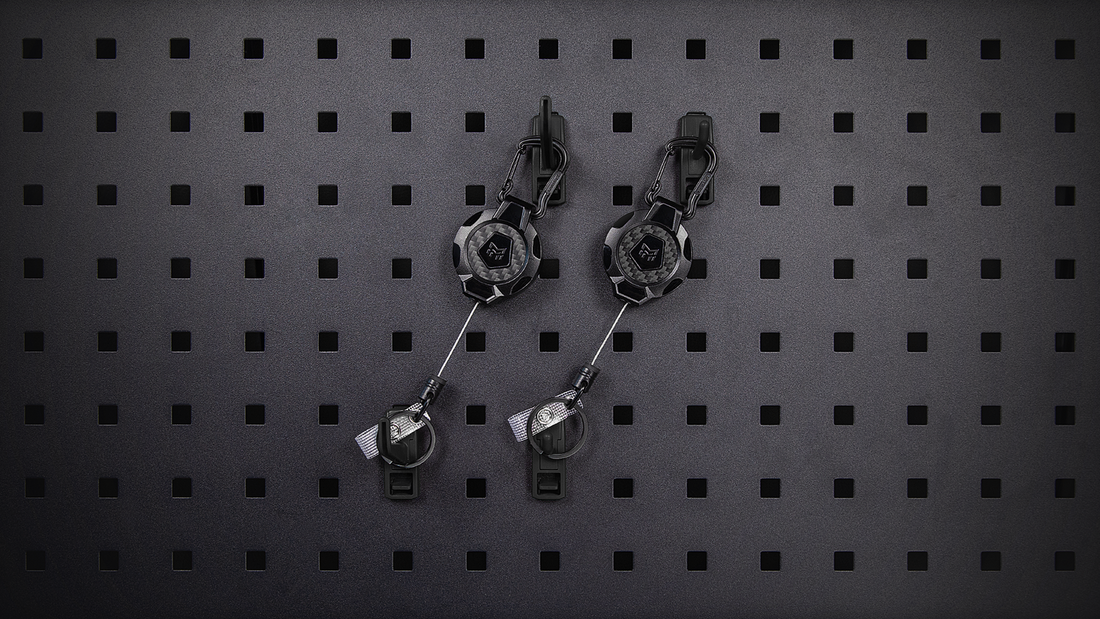The Inner Workings of a Retractable Keychain
A retractable key fob, often seen dangling from belts or bags, is a marvel of compact engineering and design, combining practicality with mechanical ingenuity. These devices, seemingly simple in function, are composed of several intricate components working harmoniously to ensure durability, ease of use, and reliability. This essay delves into the inner workings of a retractable key fob, exploring its essential parts, the materials used, and the mechanisms that make it an indispensable tool for many.
Components and Materials
A typical retractable key fob consists of the following primary components:
Housing Case: The outer shell, often made of durable plastic or metal, serves as the protective casing for the internal mechanisms. It is designed to withstand daily wear and tear, impacts, and environmental factors like moisture. The choice of material affects the overall durability and weight of the fob, with metals providing superior durability and plastics offering a lighter alternative.
Spring Mechanism: The core of the retractable function is a coiled spring. This spring, usually made of steel, is engineered to store and release energy efficiently. When the cord is pulled out, the spring tightens, storing potential energy. Upon release, the spring unwinds, converting the stored energy into kinetic energy to retract the cord.
Retraction Cord or Wire: The cord, which can be made of various materials such as nylon, steel wire, or even high-strength Kevlar, connects the key ring to the spring mechanism. The material choice here balances between flexibility, strength, and durability. Nylon cords offer flexibility and smooth operation, while steel and Kevlar provide enhanced strength and resistance to snapping.
Attachment Clip or Carabiner: This component allows the key fob to be securely attached to belts, bags, or other items. Made from metal or high-strength plastic, the clip must ensure a firm grip to prevent accidental detachment. Carabiners are particularly popular due to their quick-release capability and robustness.
Key Ring or Holder: The end of the retractable cord is fitted with a key ring or a similar holder to attach keys or other small items. This part must be strong enough to handle the weight and constant pulling force exerted during daily use.
Mechanism of Operation
The operation of a retractable key fob hinges on the seamless interplay between the spring mechanism and the retraction cord. Here's a step-by-step breakdown of how it works:
Durability and Maintenance
Durability is a key consideration in the design of retractable key fobs. The materials used in construction, such as corrosion-resistant metals and high-strength polymers, are chosen to ensure longevity. Regular maintenance, such as cleaning the housing to prevent dirt buildup and inspecting the cord for wear, can significantly extend the life of the key fob.
Applications and Advancements
While the basic design of retractable key fobs remains consistent, advancements in materials and technology continue to enhance their functionality. For instance, the use of Kevlar cords provides greater resistance to abrasion and cutting, while advanced polymers improve the durability of the housing. Additionally, some modern retractable key fobs incorporate electronic features, such as RFID chips or Bluetooth trackers, expanding their utility beyond merely holding keys.
Conclusion
Retractable key fobs are a testament to the power of simple yet effective engineering. By integrating a spring mechanism with durable materials and thoughtful design, these devices provide a reliable solution for keeping keys and small items easily accessible while ensuring they are securely stored. As materials and technologies continue to advance, the functionality and durability of retractable key fobs are likely to improve, making them an even more indispensable tool in our daily lives.


